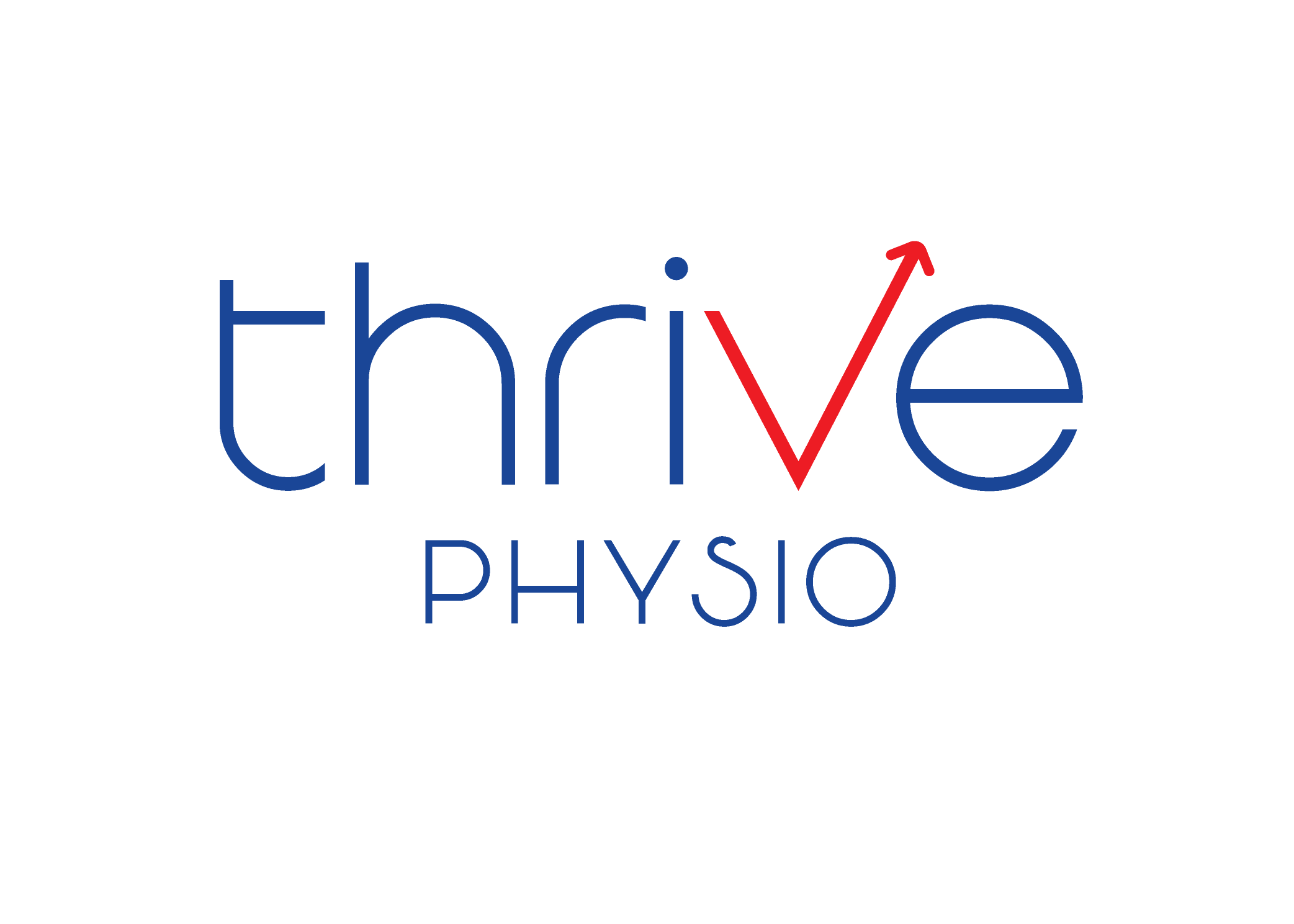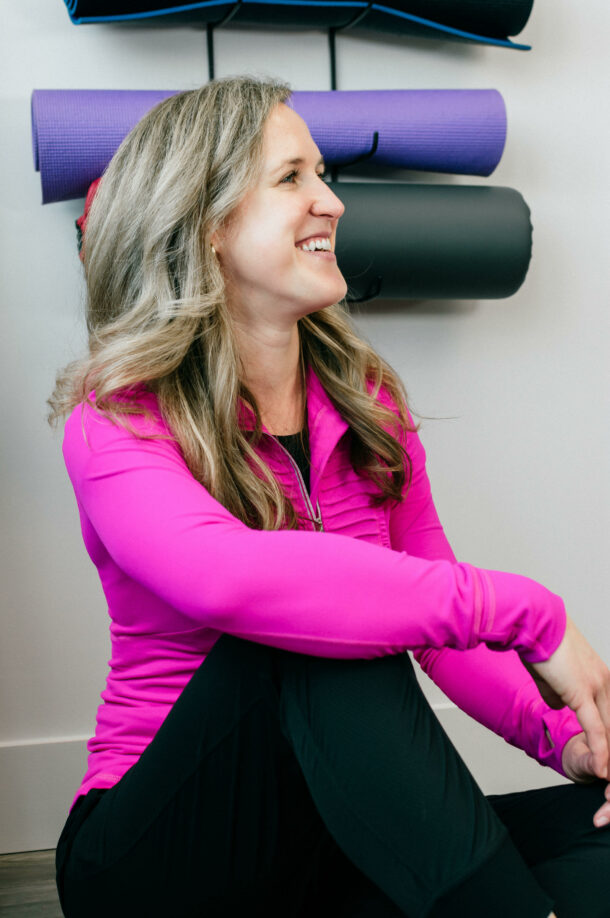Masters week has come and gone! As many of us watched the pros on TV and become inspired to spend more time on the course, it is important to keep your body healthy in the process. Here are the three most common injuries in golfers and how to prevent them:
- Low back injury
- Focus on dynamic core strength. Aka, say goodbye to crunches! Crunches aren’t the devil, but they are not a functional exercise when it comes to training your core for the golf swing, or any rotational sport for that matter. Consider integrating more diagonal planes into your routine like chops, lawn mower pulls and medicine ball throws. Remember, your goal is to maintain a consistent spine angle throughout the swing, but the spine still has to flex/extend, rotate, and sidebend. Therefore, your core training should challenge your spine in all of these planes.
- Work on flexibility above and below. The more your upper back and hips can rotate, the less stress will be placed on what is in between- your low back! Work on opening up your chest and improving your upper back rotation. These changes will prevent you from slouching, which helps to prevent strain on your low back. Also teach your hips to dynamically rotate both internally and externally. Keeping your hips mobile will decrease the amount of work the low back has to do over time.
- Warm up! Guilty of sitting at your desk for 8 hours, hopping in the car, and heading straight to the tee to get in a round before dark? We’ve all done it! But it is unreasonable to think that our bodies will sustain this over time. Taking even 5 minutes to warm up before you tee off will go a long way. Stick with a dynamic warm up with fluid motion to get your blood flowing.
Low back pain is the number one injury in golfers. The spine is put under a great deal of stress as it generates a huge amount of rotational power in the 1-2 seconds it takes to go from address to finish. The spine has to move through all three planes of motion with appropriate sequencing and control. But finishing a round with low back pain doesn’t have to be your norm! Here are three ways to prevent low back pain on the course:
- Shoulder injury
- Focus on form. Aim to maximize the kinematic sequence by using your backswing to wind up power, and then your downswing to unleash this wind up. Your hips initiate the downswing, followed by torso, arms, and finally the club. Make sure your hips and torso- your real powerhouses- are doing their fair share of this sequence. This will prevent your shoulders from overworking.
- Balance flexibility and strength work. The shoulders need to be both mobile and stable to prevent shoulder injury. One area often in need of flexibility is the latissimus dorsi. It is a huge muscle spanning the distance from the front of your shoulder all the way to your lower back. Improving flexibility of this muscle will allow you to rotate more without placing extra tension on your shoulders. From a strength perspective, make sure to include both rotator cuff strength AND upper back strength. Strengthening your shoulder blade area helps with posture, keeping the shoulder joint open and free.
- Make good equipment choices. If you don’t have the luxury of a caddy or a cart, make sure to alternate which shoulder carries your bag. The average golf course is 4 miles long- that’s a long time to carry your bag! Simply alternate sides to decrease the stress. In addition, make sure your clubs are the right size and weight for you. Swinging a club that is too short causes you to slouch to reach the ground, putting your shoulders in a more vulnerable position. Conversely, swinging a club that is too heavy can cause your shoulders to work more than they should have to.
- Wrist/hand injury
- Warm up the hands! We think of warming up the bigger segments of our body, but we can’t ignore the hands. Your hands are the only part of your body that touch your club. Thus, they are an essential mobility and stability link. You can warm up your hands by simply pumping from a fingers straight to fist closed position, and warm up your wrists by holding the club and rotating your palm up and down with control.
- Train forearm strength. In the golf swing, both forearms must transition between pronation and supination (palms down and palms up) and vice versa. Don’t neglect these motions in your training. Both training control through these motions, as well as isometric wrist/hand stability like you need in planking positions, are important parts of your regimen.
- Work with your pro on the best grip for you. There are many nuances in hand positioning and grip. By looking at what the rest of your body can or cannot do, your pro will be able to help you choose the most appropriate grip and hand positioning for you. In addition, they can help make sure you are maximizing the rest of your body mechanics so that less force is placed on your wrist/hands over time.
Feeling the need for a check in before you get out on the course? Click here to set up a Titleist Performance Institute Assessment- a 16 part assessment assesses the components of your body and what they need to do in order to swing the club efficiently, effectively and pain-free.



